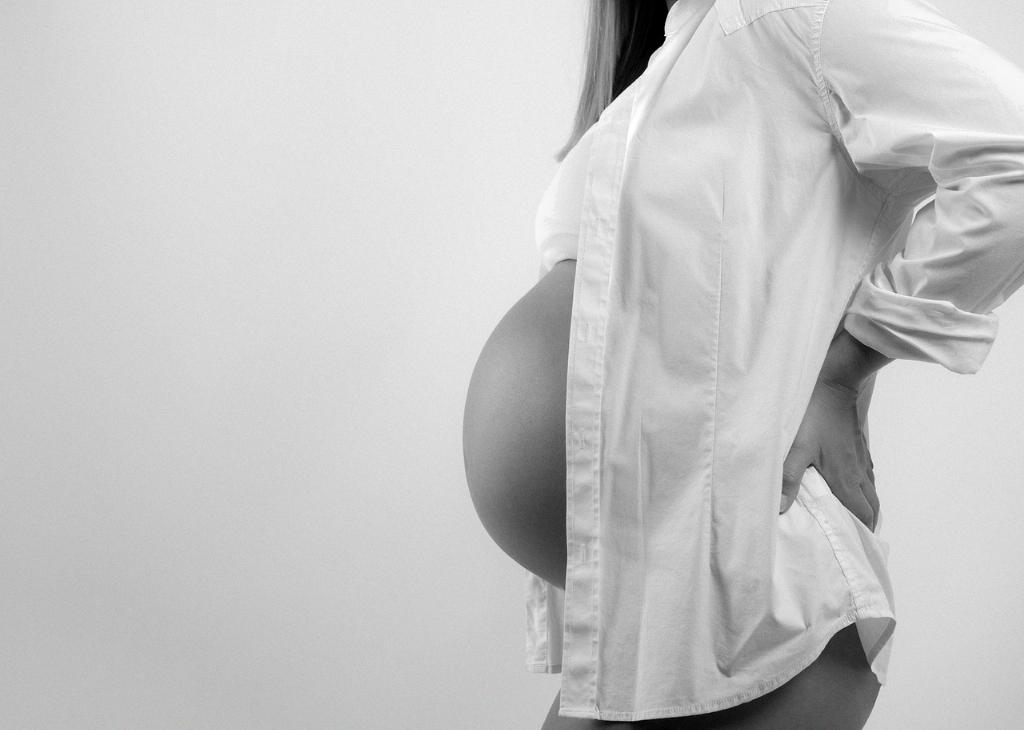When delving into the complex topic of miscarriage, it’s crucial to grasp the timing and factors that can influence the likelihood of experiencing this heartbreaking event. The statistics reveal that the first trimester of pregnancy, spanning from week 0 to 13, holds considerable significance in terms of miscarriage rates. Research indicates that approximately 80 percent of miscarriages occur during this initial phase of fetal development.
As pregnancy progresses beyond the first trimester, the risk of miscarriage tends to decrease. While losses can still happen in the second and third trimesters, the occurrence rate diminishes significantly compared to the early stages of gestation. This shift in probability highlights the critical nature of the initial weeks of pregnancy in relation to the risk of miscarriage.
Various factors can contribute to the increased vulnerability of pregnancies in the first trimester. One significant aspect is the developmental stage of the embryo or fetus during this period. The intricate and rapid processes involved in early embryonic growth make it a particularly sensitive and crucial phase, where any abnormalities or disruptions can lead to spontaneous miscarriage.
Genetic abnormalities also play a substantial role in the occurrence of miscarriages, especially in the first trimester. Issues with chromosomal arrangements or genetic mutations can pose challenges to proper fetal development, increasing the likelihood of miscarriage. These genetic factors can manifest early in pregnancy, making the initial trimester a critical period for monitoring and intervention.
In addition to genetic factors, maternal health and lifestyle choices can significantly impact the risk of miscarriage, particularly in the early stages of pregnancy. Conditions such as diabetes, hypertension, thyroid disorders, and autoimmune diseases can heighten the likelihood of miscarriage. Moreover, habits like smoking, excessive alcohol consumption, and drug use can also elevate the risk.
The presence of certain medical conditions and risk factors may further elevate the chances of miscarriage in the first trimester. Uterine abnormalities, hormonal imbalances, infections, and structural issues in the reproductive system can all contribute to an increased risk of pregnancy loss during this critical period. Understanding these underlying conditions is essential for identifying and addressing potential threats to a healthy pregnancy.
It’s important to recognize that the likelihood of miscarriage can vary significantly among individuals, and not all pregnancies are equally susceptible to this outcome. Factors such as age, prior pregnancy history, and overall health status can influence the risk profile for each individual, underscoring the need for personalized care and risk assessment during pregnancy.
Despite the increased vulnerability of pregnancies in the first trimester, it’s essential to approach the topic of miscarriage with empathy and compassion. Experiencing a miscarriage can be a profoundly emotional and challenging event for individuals and couples, necessitating support, understanding, and appropriate medical care. Recognizing the complexities surrounding pregnancy loss is crucial for promoting a culture of empathy and awareness in the realm of reproductive health.
In conclusion, the first trimester of pregnancy holds a significant impact on the likelihood of miscarriage, with approximately 80 percent of pregnancy losses occurring during this period. Factors such as genetic abnormalities, maternal health conditions, lifestyle choices, and underlying medical issues can contribute to the increased vulnerability of pregnancies in the early stages of gestation. By understanding these complexities and promoting personalized care and support, we can work towards improving outcomes and fostering greater awareness around the topic of miscarriage.

